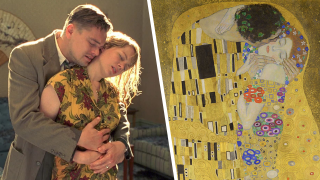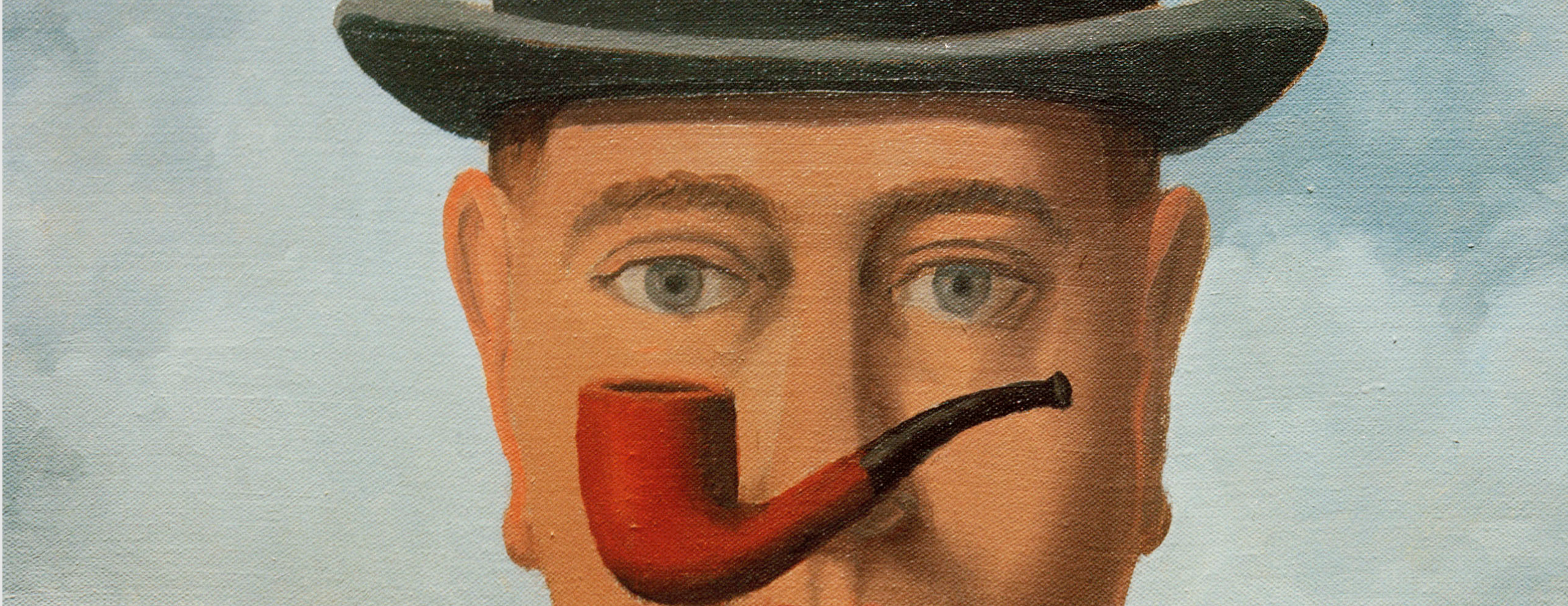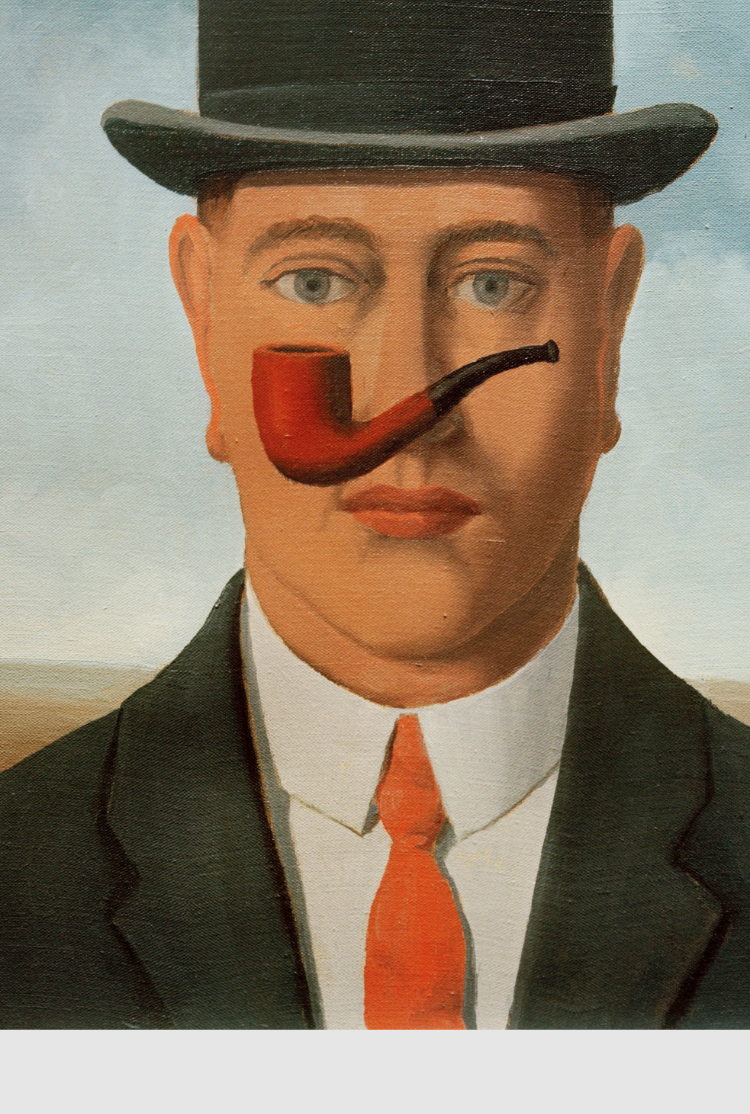Sometimes, a movie scene feels strangely familiar — like it echoes a famous artwork. Is this just a coincidence? Not always! Many filmmakers enjoy slipping references to art history into their images. On the occasion of the Cannes Film Festival and the launch of Art Explora’s CinéMo, we invite you on a visual journey where the big screen meets the visuel arts.
Do you love Shutter Island by Martin Scorsese?
Then you’ll love The Kiss, by Gustav Klimt!

Left: Scene from the film Shutter Island (2010), directed by Martin Scorsese
Right: Gustav Klimt, The Kiss (1907–1908), Belvedere Museum, Vienna
If you were moved by the scene where Leonardo DiCaprio’s character embraces his wife under a shower of golden ashes, The Kiss by Klimt will certainly resonate with you. The same enveloping embrace, the same fusion of bodies, the same golden, shimmering tones – two suspended moments where love seems frozen in a time.
How did The Kiss by Gustav Klimt become an iconic masterpiece? Find out in our content library by watching the video from Curious Muse:
ExploreDo you like Scream, by Wes Craven?
Then you’ll love The Scream, by Edvard Munch!

Left: Scene from the film Scream (1996), by Wes Craven
Right: Edvard Munch, The Scream (1893), National Gallery of Norway, Oslo
A gaping mouth caught in a silent scream, empty eyes, a face that has become the very emblem of the horror genre — does Ghostface’s terrifying mask in Scream seem oddly familiar? Perhaps because Munch captured its essence a century earlier in The Scream. The wide-open mouth, the bulging eyes, the face contorted in fear: it’s all there! Two faces frozen in a silent cry, suspended between terror and shock — iconic representations of anxiety and modern solitude.
Great Art Explained breaks down Edvard Munch’s The Scream for you. Watch the video in our content library:
ExploreDo you like Moonrise Kingdom, by Wes Anderson?
Then you’ll love To Prince Edward Island, by Alex Colville!
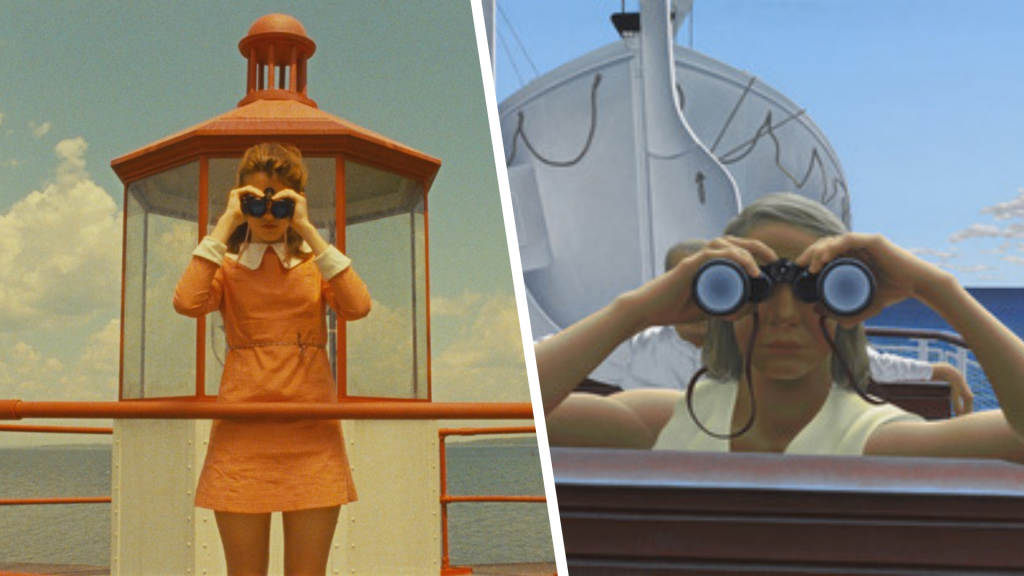
Left: Scene from the film Moonrise Kingdom (2012), by Wes Anderson
Right: Alex Colville, To Prince Edward Island (1965), National Gallery of Canada, Ottawa
In Moonrise Kingdom, Suzy Bishop gazes through her binoculars in silence, her direct look into the camera creating a strong connection with the viewer. That same mirrored effect appears in Alex Colville’s painting To Prince Edward Island: a woman on a boat scans the horizon — and us. With binoculars in hand, both women observe the world, placing us in the position of the observed.
Wes Anderson draws heavily on works of art and his instantly recognizable aesthetic has become a true visual signature. To explore what makes his style so unique, watch the video by Thomas Flight:
ExploreDo you like Melancholia, by Lars von Trier?
Then you’ll love Ophelia, by John Everett Millais!
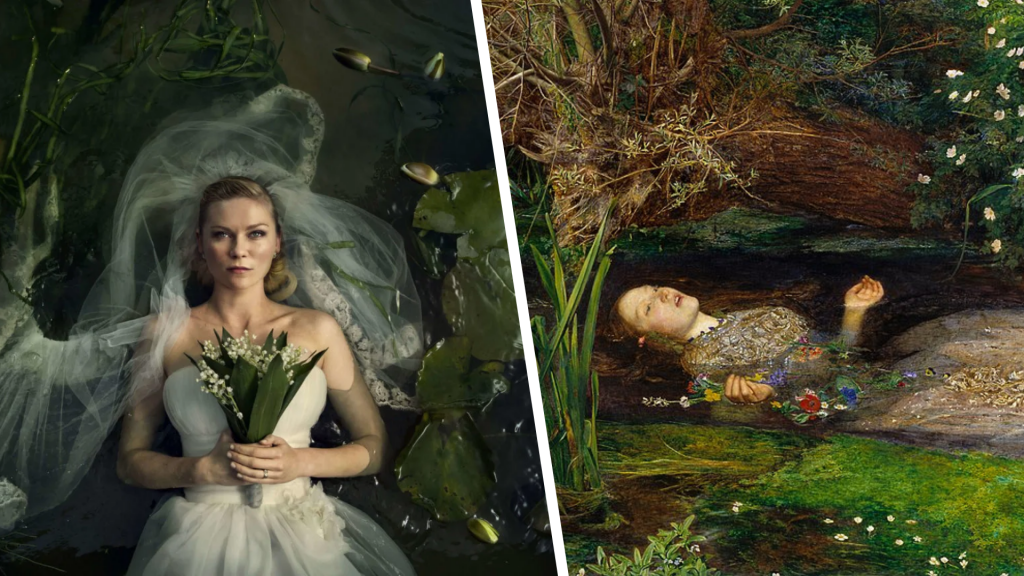
Left: Scene from the film Melancholia (2011), by Lars von Trier
Right: John Everett Millais, Ophelia (1851), Tate Britain, London
The opening scene of Melancholia, in which Justine lies in an apocalyptic landscape, closely echoes Millais’s Ophelia. Same posture, same stillness, same fusion of body and nature. In both works, a female figure seems engulfed by her surroundings, lost in a melancholic trance, suspended between beauty and looming tragedy.
Want to know more about Elizabeth Siddal, the model behind Ophelia and a key figure in the Pre-Raphaelite movement? Check out this video from the Tate Museum:
ExploreDo you like The Truman Show, by Peter Weir?
Then you’ll love Moonlight Architecture, by René Magritte!

Left: Scene from the film The Truman Show (1998), by Peter Weir
Right: René Magritte, Moonlight Architecture, (1956)
A perfectly clean neighborhood, a perpetually blue sky, a decor frozen in perfection: the carefully staged world of The Truman Show could be straight out of a surrealist painting. In Moonlight Architecture, Magritte constructs an equally polished landscape. Nothing is out of place, yet everything feels strange. A world too perfect to be real hints at hidden flaws beneath the surface.
To learn more about the world of René Magritte, master of Surrealism, check out the Behind the masterpiece video:
ExploreDo you like Psycho, by Alfred Hitchcock?
Then you’ll love House by the Railroad, by Edward Hopper!
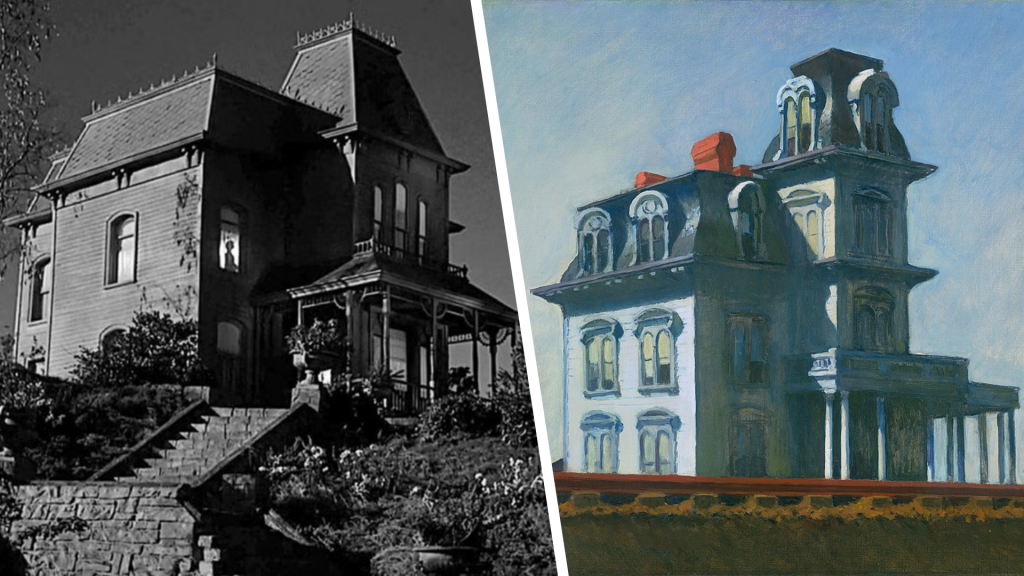
Left: Scene from the film Psycho (1960), by Alfred Hitchcock
Right: Edward Hopper, House by the Railroad (1925), Museum of Modern Art, New York
Does the austere silhouette of the Psycho house seem familiar? It’s no coincidence: Alfred Hitchcock was directly inspired by Edward Hopper’s House by the Railroad. The same solitary architecture, perched in an almost empty landscape. In both works, the house becomes a character in its own right – both familiar and quietly menacing.
Curious to learn more about Edward Hopper? Discover this painter of solitude with Artsapien :
ExploreDo you like The Witch, by Robert Eggers?
Then you’ll love Witches’ Flight, by Francisco Goya!
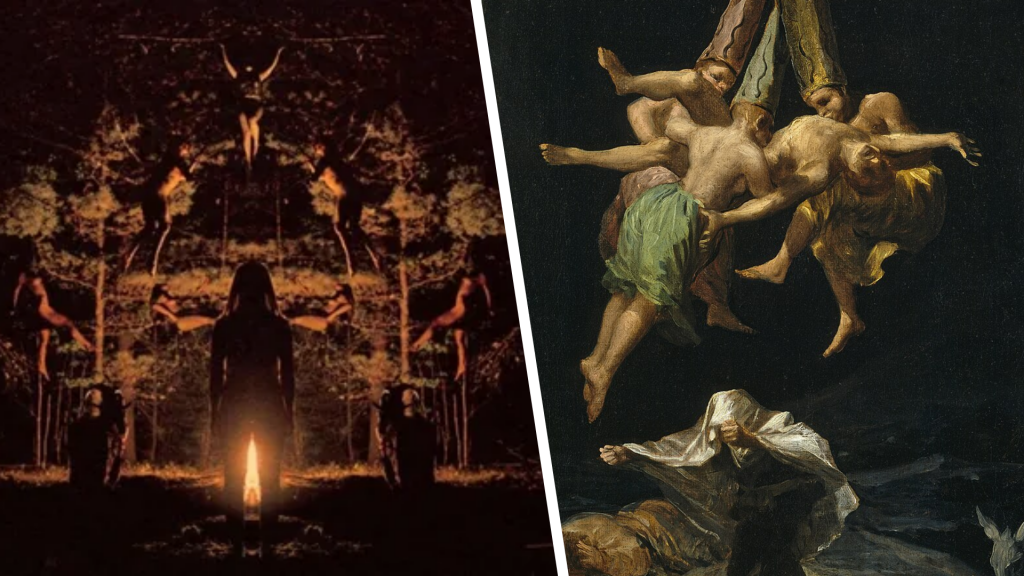
Left: Scene from the film The Witch (2015), by Robert Eggers
Right: Francisco Goya, Witches’ Flight (1798), Prado Museum, Madrid
If The Witch captivated you with its dark, mystical atmosphere, Goya’s Witches’ Flight carries the same eerie power. A shared taste for darkness, levitating bodies, and haunting figures drawn from ancestral folklore. In both works, witchcraft is no myth, and the night is far from peaceful.
The final chapter of Goya’s career, marked by darker, more disturbing works, reflects the turmoil of a deeply troubled life. To better understand this facet of the artist, watch The black paintings by Goya, a video from Great Art Explained:
Explore